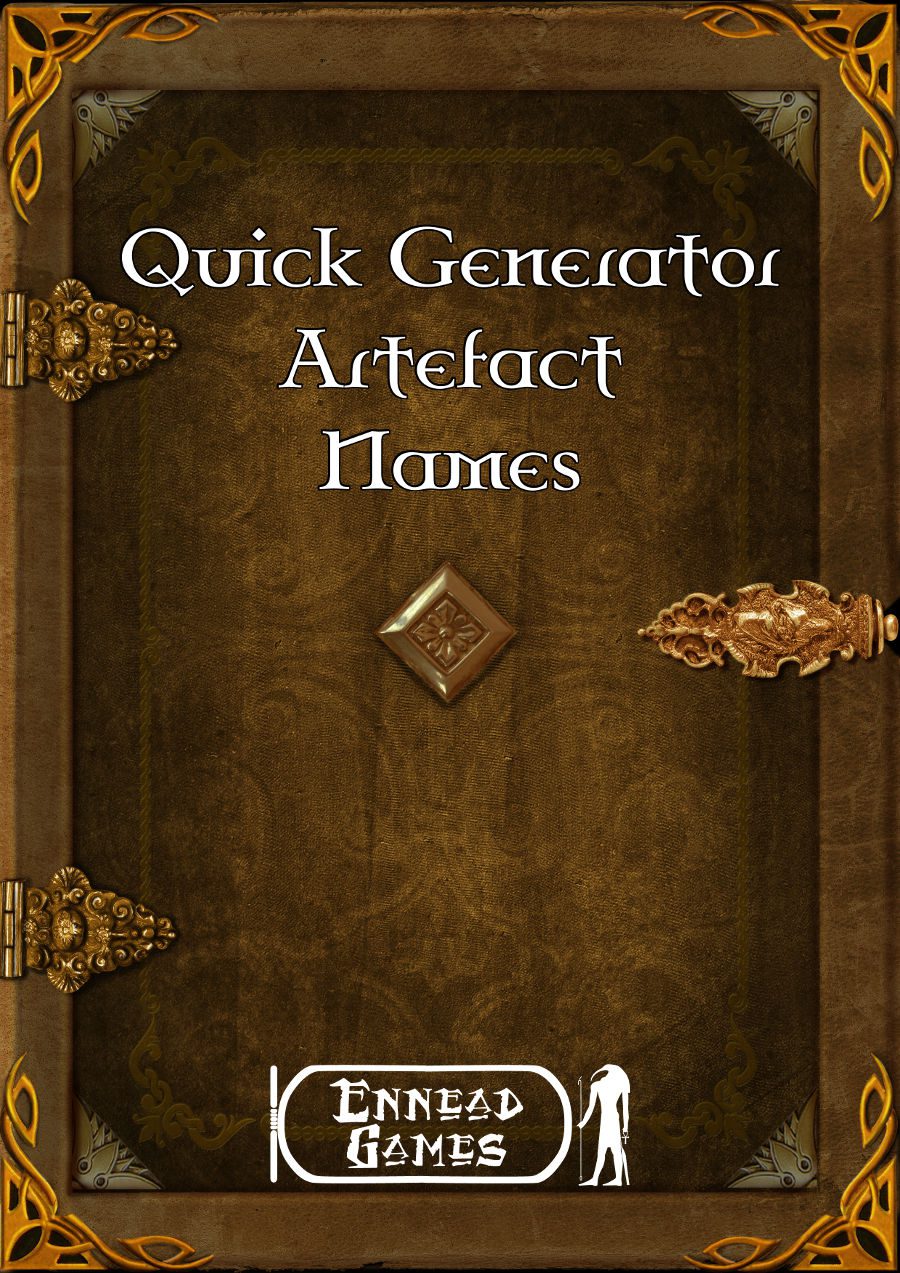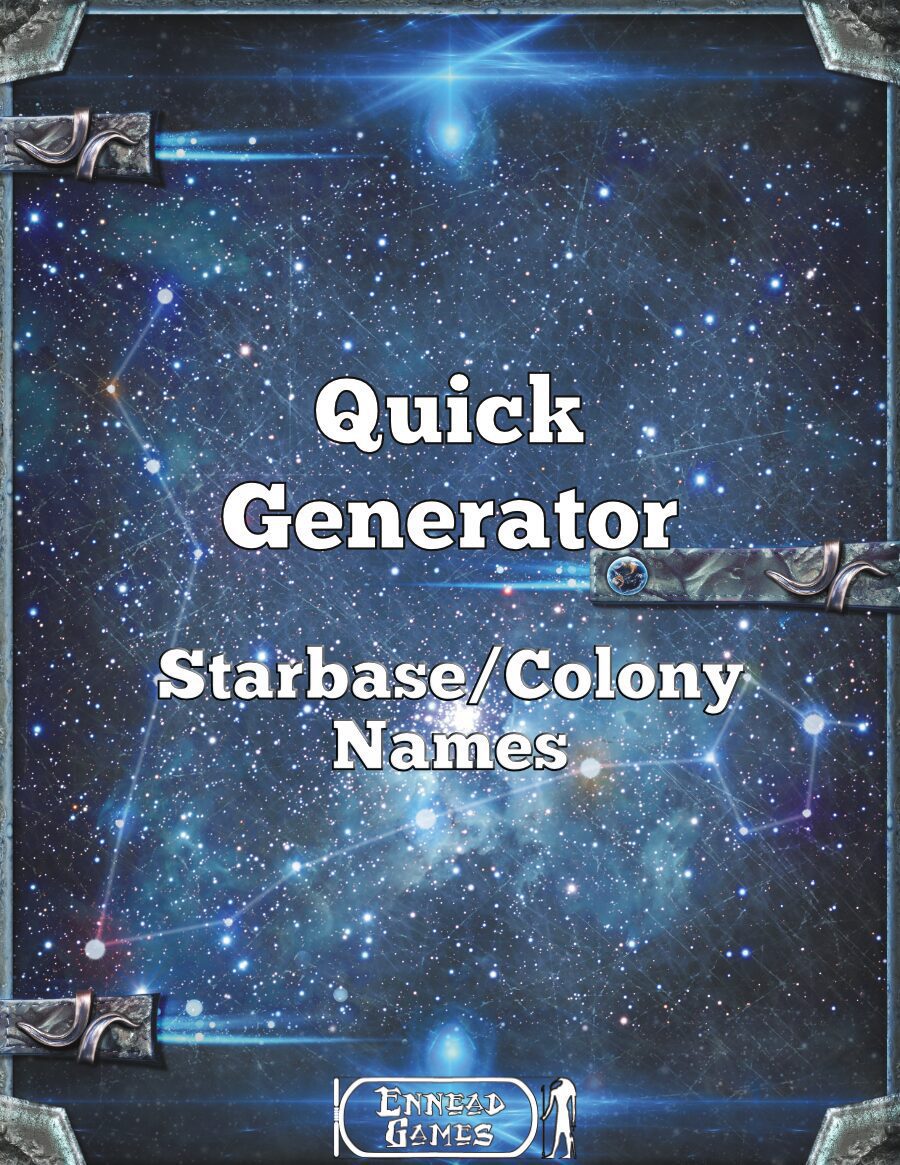
Phil Nicholls blogs at Tales of a GM, where he writes about narrative gaming, faster prep and more story. He is currently running a HeroQuest Glorantha campaign in a home-brew setting. Phil has written for Johnn Four’s Roleplaying Tips newsletter and has a selection of self-published pdfs.
This essay is taken from the archives at Tales of a GM.
GMCs as Onions: Building Personality in Layers
Shrek: For your information, there’s a lot more to ogres than people think.
Donkey: Example?
Shrek: Example . . . Uh . . . Ogres are like onions!
One of the hardest tasks for a GM is to populate their world with interesting GMCs. Yet, by adopting the layered approach, this need not be such a difficult task. We are all onions, made up of layers we reveal to different people in different ways. The inhabitants of a RPG setting should work the same way.
Layered GMCs
The core of this concept is revealing more about a GMC once the Heroes interact with them more. An initial layer is little more than a description, As the length and intensity of interaction with the GMC grows, then more layers are revealed, slowly building up the personality. I see four basic layers in this process:
- Passer-by
- Barfly
- Friend
- Lover
This technique gives you faster prep and more story, as it both simplifies the creation process and suggests greater depth to the world. As an example, let us follow the story of Isander through these four layers.
Layer 1: The Passer-by
The Heroes first meet Isander on the streets of Pyraeus, where they are looking for directions. The Heroes are newly arrived in the bustling town, and have no idea where they should be going. They tell the GM that they are asking a passer-by for directions. Enter Isander.
At this point, Isander is just an improvised GMC. The GM reacts to the Player’s decision to question a random man, who duly gives them the necessary information. The Heroes thank the stranger, and continue on their way.
At the first layer, Isander need not even named. All he has is a basic description, human male, and a home, Pyraeus. For the moment, Isander is the equivalent of an extra in a film, and little more than just a face in the crowd. This layer represents GMCs as background. If the Heroes are in a town, then the town must have inhabitants, even if they are not individually fleshed-out in game terms.
Layer 2: The Barfly
Let us take Isander onwards another step, and introduce him to the Heroes properly. Suppose the Heroes gather in a drinking establishment for some reason. There is a lull in the conversation at the table, and one Player asks who else is at the bar.
The GM decides that the Heroes recognise the passer-by from earlier in the day. One Hero wanders over to talk with him, and the Players are properly introduced to Isander. At this point, he now has a name. Or rather, he always had a name, but as we are reaching the second layer of Isander: his name is given to the Players.
As the Hero has a conversation with Isander, more details are revealed. Perhaps he has been unlucky in love, and is drinking away his coin. The GM can use this opportunity to pass on some rumours or other information to the Heroes. Along with the transfer of information, more about Isander is presented.
There is likely to be a more detailed physical description, perhaps his lopsided grin and unkempt hair. Likewise, his mannerisms may be revealed, such as taking a long pull of his drink before answering a tricky question.
Finally, some of his background and personality are revealed. This is not a complete character portrait, but at this point Isander has progressed from being just a face in the crowd. Now he has a name, some motivations and snippets of background and personality. In film terms, Isander has progressed to being a bit-part, one that has a speaking role, and is named in the credits, but may only appear in a scene or two.
Layer 3: The Friend
Suppose the Heroes stay in Pyraeus for several days. They explore a lot more of the town and search out Isander several times, but now in his role as a friend.
The GM has now elevated Isander to a recurring role. He is a drinking companion to at least one of the Heroes, and may be met in a different situation. We may encounter Isander in his job, or perhaps visit his home. Isander could have a tangential role related to the plot, a good way for the GM to revisit GMCs. This maximises their appearance in the game, and makes the most of the time spent preparing the character.
Isander’s mannerisms have previously been established, but this layer deepens his backstory and adds nuance to his personality. Isander has moved from being a slightly one-dimensional barfly into a more rounded character, with a job, residence, personality and likely some elements of background.
In film terms, he has become a supporting actor, who appears in several different places in the story, and can fulfil different roles. The GM can use him as a friend to the Heroes, a Patron or as a source of information about Pyraeus. As the layers of Isander are revealed, he gains functionality and depth.
Layer 4: The Lover
Finally, let us take Isander to the last stage, and make him a lover of one of the Heroes. This would have developed out of the drinking companionship, and would not progress without the agreement of the Player concerned. Although, this could be unrequited love, which could push Isander into the role of antagonist, as he initiates events in pursuit of his love interest.
Howsoever it happens, Isander has grown to take a more central role in the story. Further elements of his personality are revealed, and by this stage the GM has created some game statistics or abilities for Isander. If Isander progresses to being the significant other of one of the Heroes, then he may even merit a full write-up, and thus become as detailed as the Heroes themselves.
In film terms, Isander has become a regular character, virtually one of the central roles in the story. At this point, he would almost certainly be cast as a famous actor, although not quite as the star of the film. His role has grown steadily, as the layers of his personality are peeled away.
Layers and Faster Prep
Applying the principle of layers to your GMCs brings you several advantages. Firstly, it streamlines the process, giving you faster prep. Only create those layers you need for the current role of a GMC. If you can cut your workload to a bare minimum, and do not over-prepare, then the process will be a lot faster.
Of course, there is no reason why you cannot return to a previous GMC and bring them back in a bigger role. Again, this saves you time, as you have already put in the work on the character. Just as Isander developed in the examples above, so too can your GMCs put in repeat appearances to build up their presence in your story.
Such repeat characters develop a greater sense of community for the Players. Yes, it could have been entirely new people at the tavern, and not Isander, but that could make a town seem disjointed. Instead, by having Isander fill multiple roles, there is a sense of Pyraeus as a small, living community.
Layers and More Story
Yet, the biggest advantage of the layers approach to GMCs is to present the Players with the sense that everyone really does have personality and story. As the Players learn more about a GMC, they find that there is more to discover, more background and a complex personality. This suggests that this principle is true for all of your GMCs, which it would be.
Suddenly, instead of cardboard characters named Willam, your world is seen as being full of individuals who would have stories to tell should the Heroes speak to them. So long as the Players believe your setting is full of story, then you have a story-rich environment providing you reinforce this idea when the Players go looking for these stories.
Conclusion
Building your GMCs as layered characters both saves you time and brings more story potential to the table. The Players will be rewarded for interacting with your world, and many characters will grow organically through the story.
How would you present the layers of your GMCs? Share your ideas in the comments below.
Happy Gaming
Phil
For more essays from Phil, and updates about his latest campaign, visit Tales of a GM.
Want a spot as a guest blogger yourself? Have an interesting subject you want to talk about or book you read or idea for an item or anything related to rpgs and writing? Get in touch via the contact page or on social media platforms.



